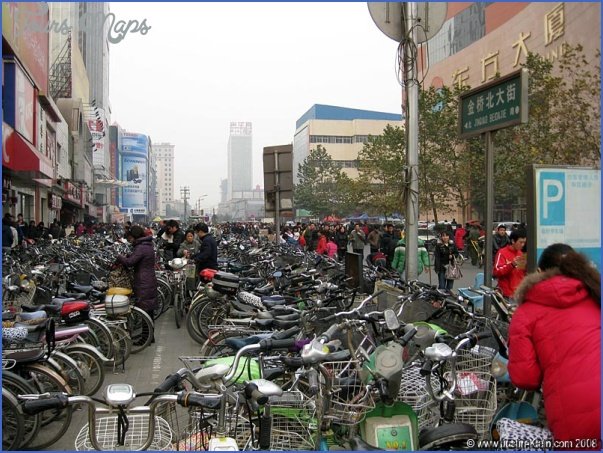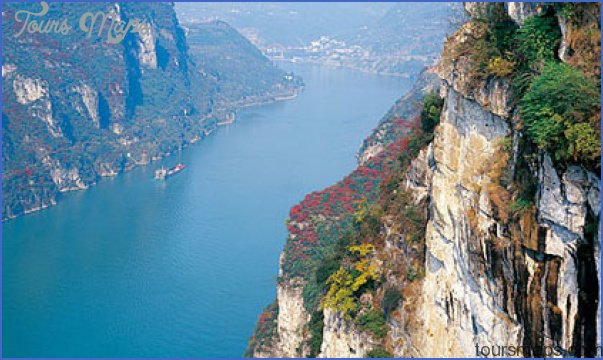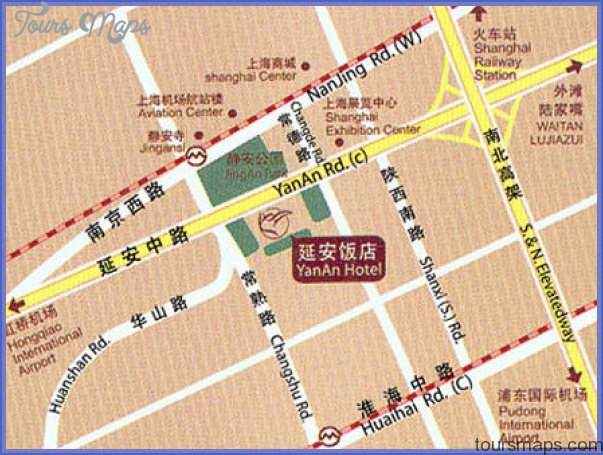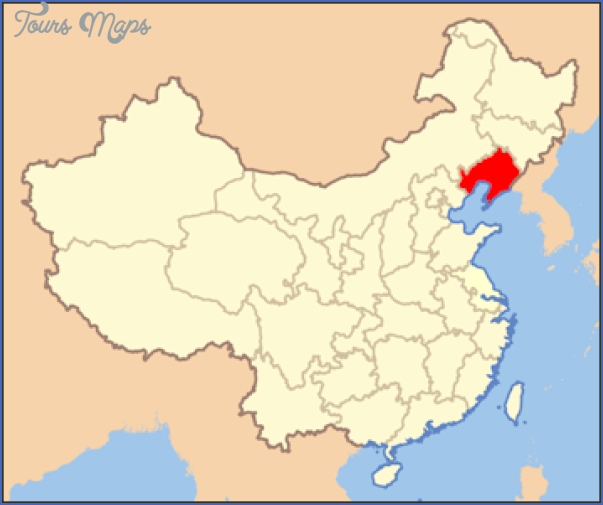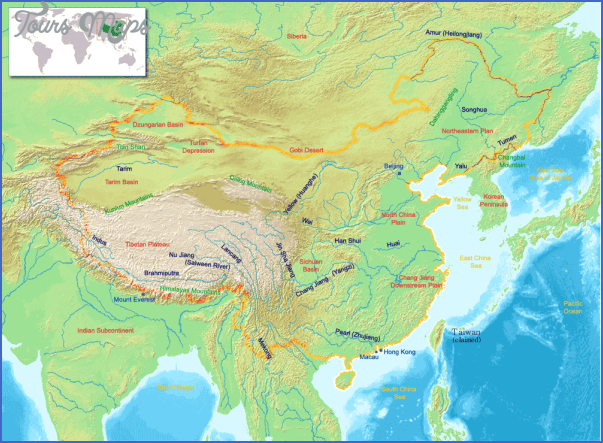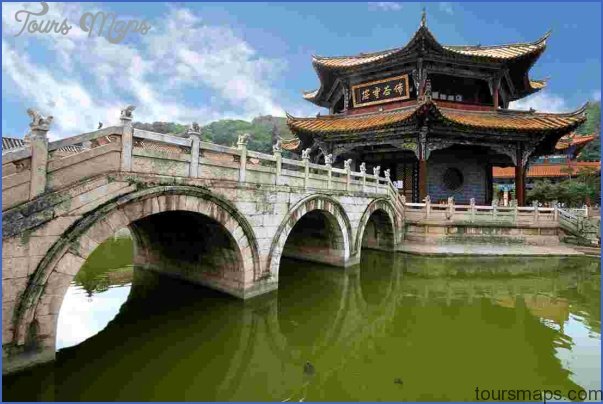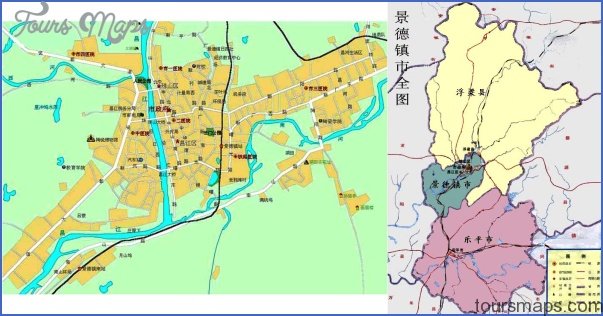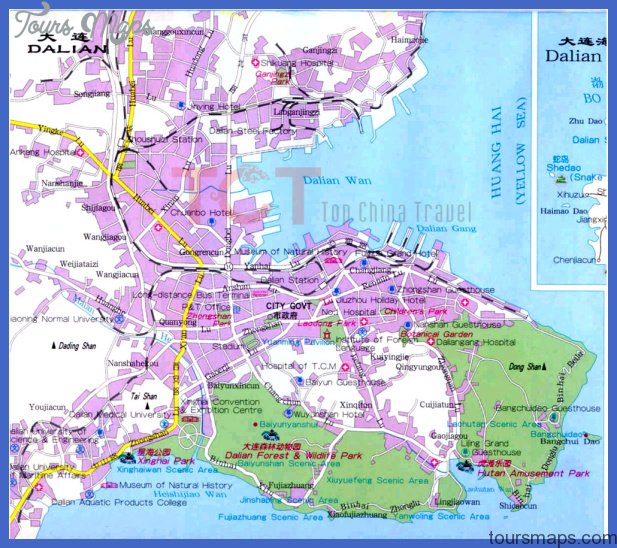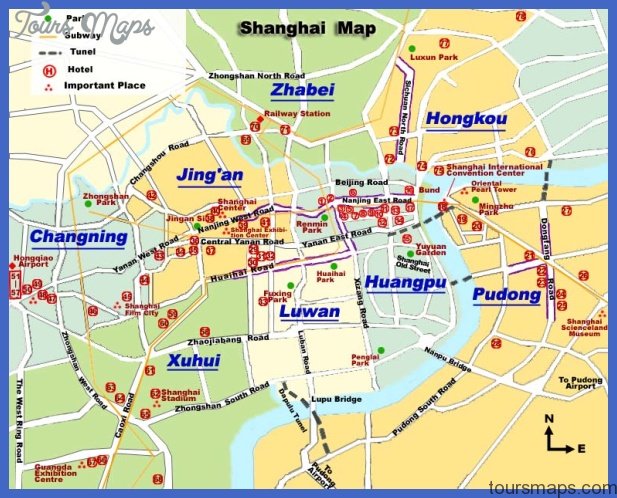Category: China
Capital of the Province of Hebei Area: 284sq.km/110sq. miles Population: 1,300,000 (conurbation 1,710,000) Shijiazhuang lies at 114°29’E and 38°N in the south-west of the Hebei province, 280km/174 miles to …
Close by stands a temple with the same name (Baidi Si), dating originally from the late 7th c. It is famous mainly for its 70 or more stelae (inscribed …
In 1952 the Huaxing Shimu, a tomb from the Eastern Han period (a.d. Surroundings 25-220) was discovered 14km/9 miles north of the town. Inside it can be seen stone …
General China’s many different geological formations, varied river catchment areas and regions with individual micro-climates have, not surprisingly, led to the evolution of a rich flora and fauna. This …
East Asia and Central Asia form two major regions of the Asian subcontinent and both include Chinese territory. They can be broken down into a total of seven distinct …
For a country which extends over 60 lines of longitude and 25 lines of Characteristics latitude, all the geographical features typical of Asia can be found within its borders. …
The beginnings of Chinese civilisation are to be seen around the middle reaches of the Yellow River (Huanghe) in the central eastern part of the country. Its territory gradually …
China occupies by far the major part of the mainland of eastern Asia. The People’s Republic of China lies between latitudes 18° and 54°N and longitudes 71° and 135°E …
Lovely Lotus Lotus plants grow on mud flats in the eastern part of the Yangtze River valley. The plant’s disk-shaped leaves can be almost three feet (0.9 m) wide! …
Plant Life Thousands of species of plants live along the banks of the Yangtze River. The golden arch, a rare species of tree, grows in the Yangtze River valley. …
